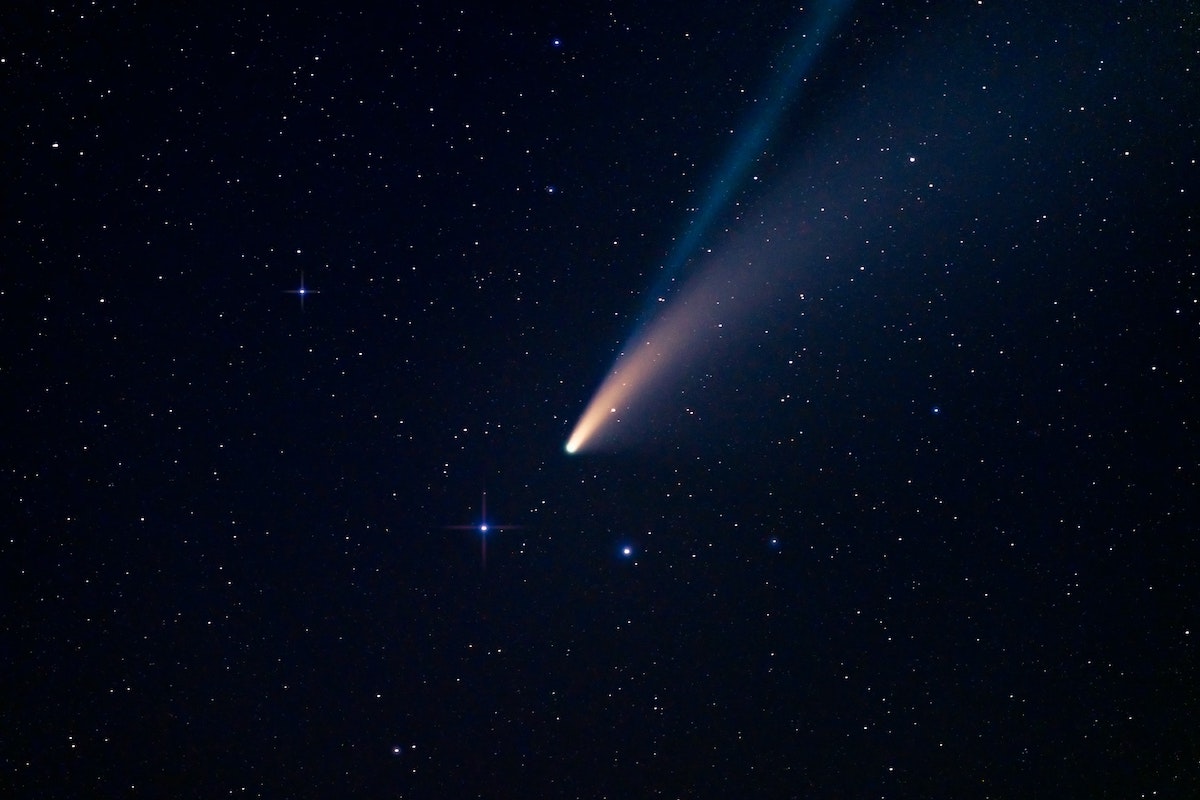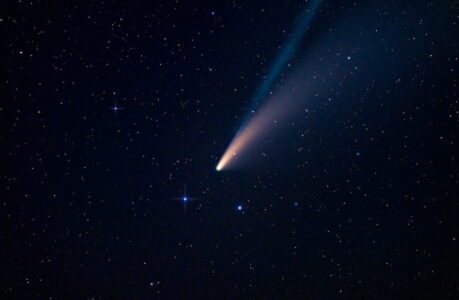Comets have been capturing the attention of humanity for centuries, with their bright, glowing tails and mysterious origins making them an object of wonder. As these celestial objects pass by Earth, they provide us with an incredible opportunity to view and appreciate their beauty. If you’re in Ireland, there are several comets that you can view from the comfort of your own backyard.
To start, let’s discuss what comets are and how they form. Comets are small, icy bodies that originate from the Kuiper Belt and Oort Cloud, two regions located far from the sun. When these objects are pulled towards the sun by its gravity, they start to release gas and dust, creating a bright tail that can be seen from Earth. The size and brightness of the tail depends on how close the comet is to the sun and how much gas and dust is being released.
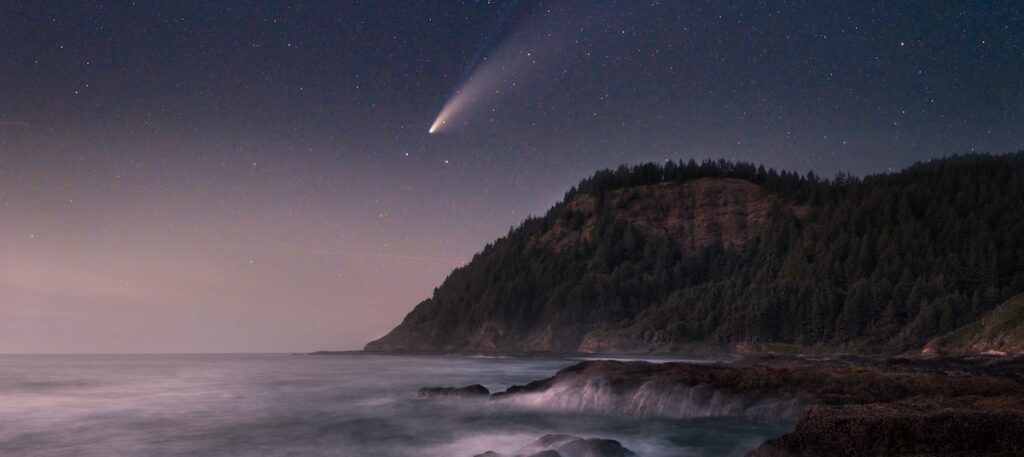
Now, if you’re in Ireland and want to view comets, it’s important to know when they are visible and where to look. To do this, you can check astronomy websites, such as Sky and Telescope or NASA’s SkyWatch, which provide information on the comets’ positions, brightness, and dates of visibility.
One of the most visible comets in Ireland is C/2020 F3 (NEOWISE). This comet was discovered in March 2020 and has been visible in the Northern Hemisphere since July. It’s best viewed in the early morning hours before sunrise, and can be seen in the north-eastern sky. This comet is particularly bright and has a distinctive green tail, making it an easy object to spot.
Another comet that is visible from Ireland is C/2019 Y4 (ATLAS). This comet was first discovered in December 2019 and was one of the brightest comets of the year. It’s best viewed in the evening hours after sunset and can be seen in the western sky. This comet has a bright yellow tail and is an easy object to spot.
Lastly, comet 45P/Honda-Mrkos-Pajdušáková is also visible from Ireland. This comet passes by Earth every five years and can be seen in the early morning hours before sunrise. It’s best viewed in the north-eastern sky and has a greenish-yellow tail.
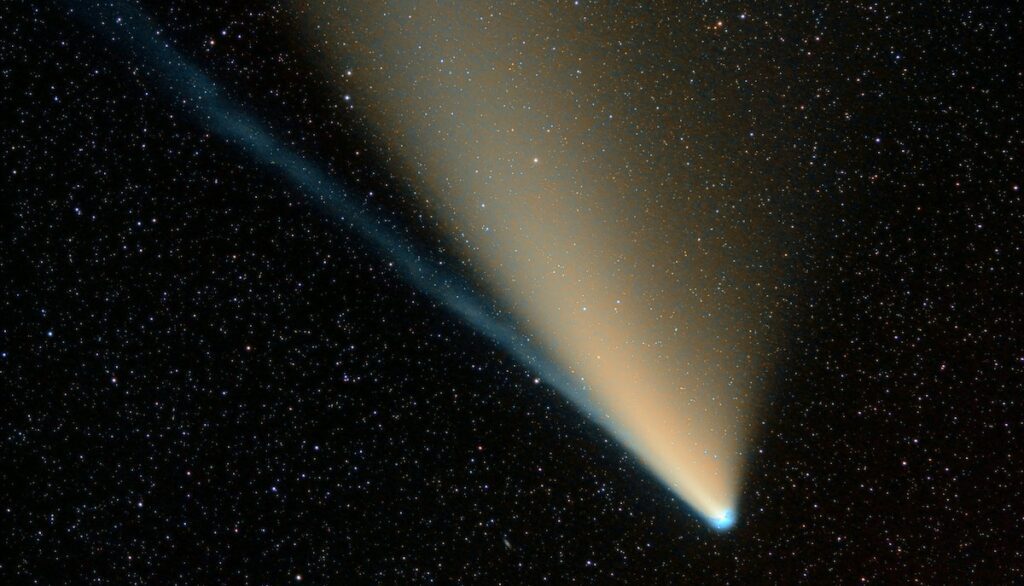
What are the most famous comets
There have been many famous comets throughout history, but here are some of the most well-known:
- Halley’s Comet – This comet is named after English astronomer Edmond Halley, who predicted its return in 1705. Halley’s Comet is one of the most famous comets because it passes by Earth every 76 years and is visible to the naked eye. It was last seen in 1986 and is expected to return in 2061.
- Comet Hyakutake – This comet was discovered in 1996 and is known for its bright, impressive tail. It was one of the closest comets to pass by Earth in modern times, making it an amazing sight for stargazers.
- Comet Lovejoy – This comet was discovered in 2007 and is named after its discoverer, Terry Lovejoy. It is famous for its bright green tail, which was caused by the presence of cyanogen and diatomic carbon in its coma.
- Comet Hale-Bopp – This comet was discovered in 1995 and is one of the brightest comets of the 20th century. It passed by Earth in 1997 and was visible to the naked eye for several months.
- Comet West – This comet was discovered in 1976 and is known for its bright, long tail. It passed by Earth in 1976 and was one of the brightest comets of the 20th century.
These are just a few of the most famous comets, and there are many others that have captured the attention of humanity over the centuries. Whether you’re a seasoned astronomer or just starting to explore the night sky, comets are a fascinating and awe-inspiring object to observe.
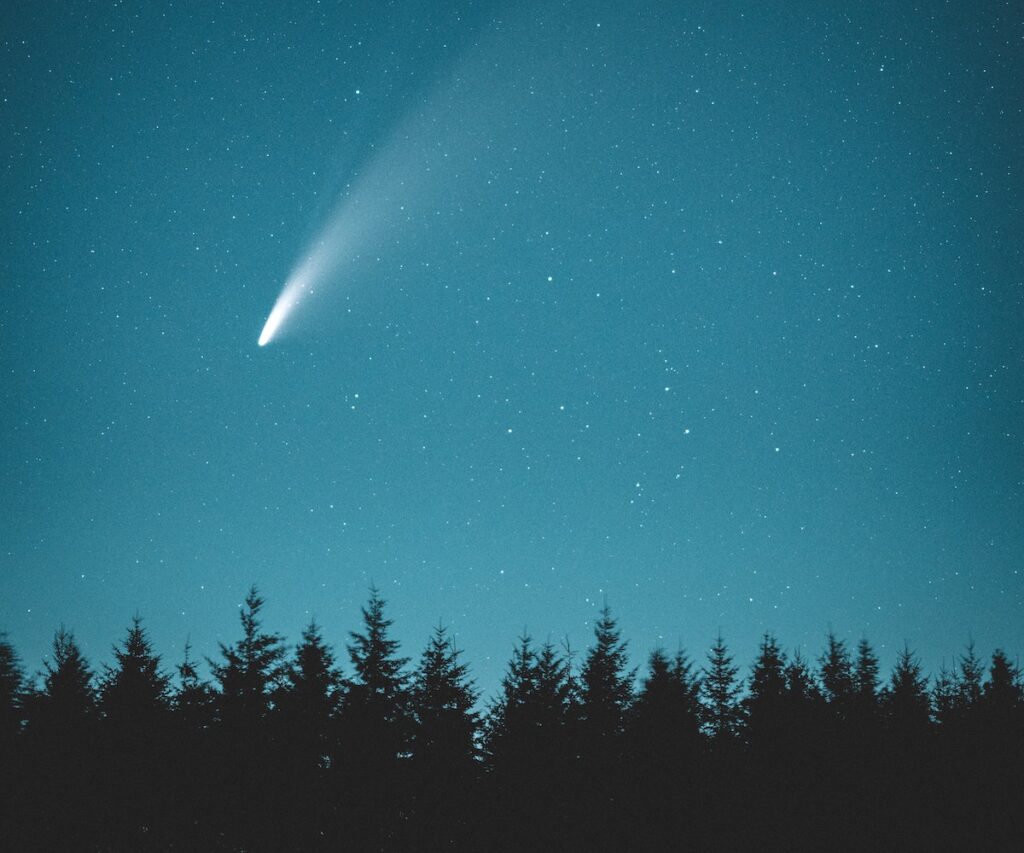
What is the best way to see a comet
The best way to see a comet depends on several factors, including the brightness of the comet, its location in the sky, and the viewing conditions. Here are some tips to help you see a comet:
- Timing – The best time to see a comet is when it is closest to Earth and at its brightest. You can check astronomy websites, such as NASA’s SkyWatch or Sky and Telescope, for information on the comet’s position, brightness, and dates of visibility.
- Location – Find a location away from city lights and other sources of light pollution. The darker the sky, the easier it will be to see the comet.
- Equipment – Binoculars or a telescope can enhance your viewing experience, but they are not necessary to see a comet. If you do use binoculars or a telescope, make sure to adjust the focus to get the clearest view.
- Sky awareness – Familiarize yourself with the location of the comet in the sky by using a star chart or smartphone app. Knowing where to look will make it easier to find the comet and appreciate its beauty.
- Patience – Comets can be faint, so be patient and give your eyes time to adjust to the darkness. It’s also a good idea to bring a chair or blanket to make your viewing experience more comfortable.
These tips will help you see a comet in the best way possible, but it’s important to remember that comets are unpredictable and can change quickly. Keep an eye on astronomy websites for updates on the comet’s position and brightness. With a little bit of planning and patience, you’ll be able to see a comet and appreciate its beauty.
In conclusion, comets provide us with an incredible opportunity to view and appreciate the beauty of the night sky. If you’re in Ireland, you can view several comets, including C/2020 F3 (NEOWISE), C/2019 Y4 (ATLAS), and 45P/Honda-Mrkos-Pajdušáková. So, grab your binoculars, find a dark location, and enjoy the show!
